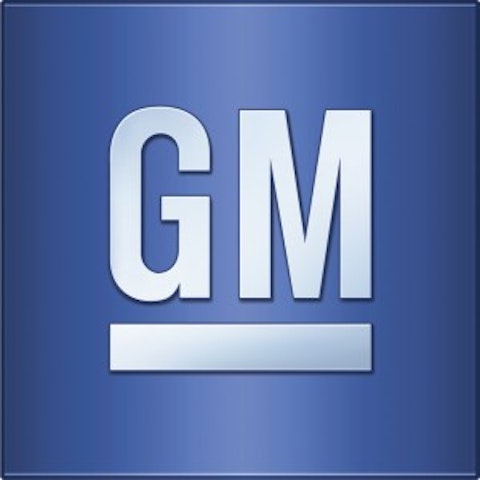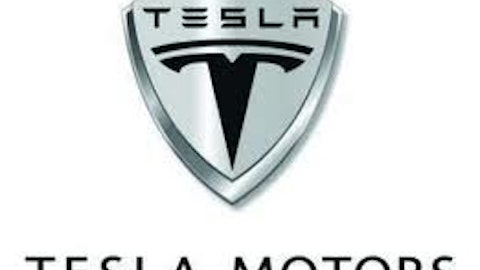This Auto Giant Is Strong as an Ox

Lofty targets
The company is chasing its ambitious dream of emerging as the world’s biggest automaker by 2018, surging past the reigning number one, Toyota Motor Corporation (ADR) (NYSE:TM), and runner-up, General Motors Company (NYSE:GM).
2012 Global Sales Tally
| Toyota | GM | Volkswagen |
|---|---|---|
| 9.75 million units | 9.29 million units | 9.07 million units |
2013 First Quarter Global Sales Tally
| Toyota | GM | Volkswagen |
|---|---|---|
| 2.43 million units | 2.36 million units | 2.27 million units |
The company is also trying to dethrone BMW as the world’s largest luxury car manufacturer by 2015. It is planning to launch complete sales offensive by expanding its Audi line-up to as many as 42 vehicles by 2015.
This growing focus on the luxury market is advantageous for two reasons. Firstly, margins are much higher than other passenger cars. Secondly, sales of luxury vehicles are more recession-proof, as wealthier buyers worry less about spending.
Volkswagen had an excellent 2012 with $15 billion in operating profits. This was higher than Toyota Motor Corporation (ADR) (NYSE:TM)’s $11.1 billion and General Motors Company (NYSE:GM)’s $7.9 billion.
The extreme market situation in Europe got the better of the company in the first quarter, leading to a drop of 26% in EBIT to around $3 billion. But, Volkswagen with typical stubbornness refused to change any of its annual targets in terms of sales and profits. In 2013, it is hoping to increase its sales and repeat its profit performance.
The road that leads to China
In 2012, Asia-Pacific was Volkswagen’s biggest sales destination accounting for 35% of total deliveries, compared to 33% in Western Europe. And the key lies with China, which has a huge role to play in realizing Volkswagen’s dream of becoming the biggest automaker.
China’s auto association estimates new-vehicle sales of over 20 million units this year. Meanwhile, KPMG’s 2013 automotive survey shows that China is the most preferred investment destination for almost 70% of survey takers.
Last year, Volkswagen sold 2.6 million vehicles in China, up 18.5% from 2011. Deliveries were up 24.6% to 2.8 million. In May sales were up 17.6% to 90,824 units. It is planning to sell three million vehicles in the country in 2013.
The company currently has 12 plants in the country with a production capacity of 2.8 million vehicles, and it sells around 60 models. It is adding more capacity to meet demand.
Volkswagen will pour around $13 billion into the country by 2015 on new facilities and products. It will build seven new plants and increase its production capacity to four million units annually by 2018. The entire investment will be funded from cash flows generated by the Chinese operations.
Volkswagen has started executing the plan and is presently constructing a new factory in Changsha, with an annual capacity of about 300,000 units. Construction is scheduled for completion by the end of 2015.
China is a key market for General Motors Company (NYSE:GM) and Toyota Motor Corporation (ADR) (NYSE:TM) as well. GM together with its joint ventures sells the maximum number of vehicles in China. It sold 2.84 million vehicles last year and demand is as strong as ever. General Motors Company (NYSE:GM) will be investing $11 billion here through 2016 to achieve a production capacity of 5 million units. In May, GM’s China sales were up by 9.4% to 252,942 vehicles.



